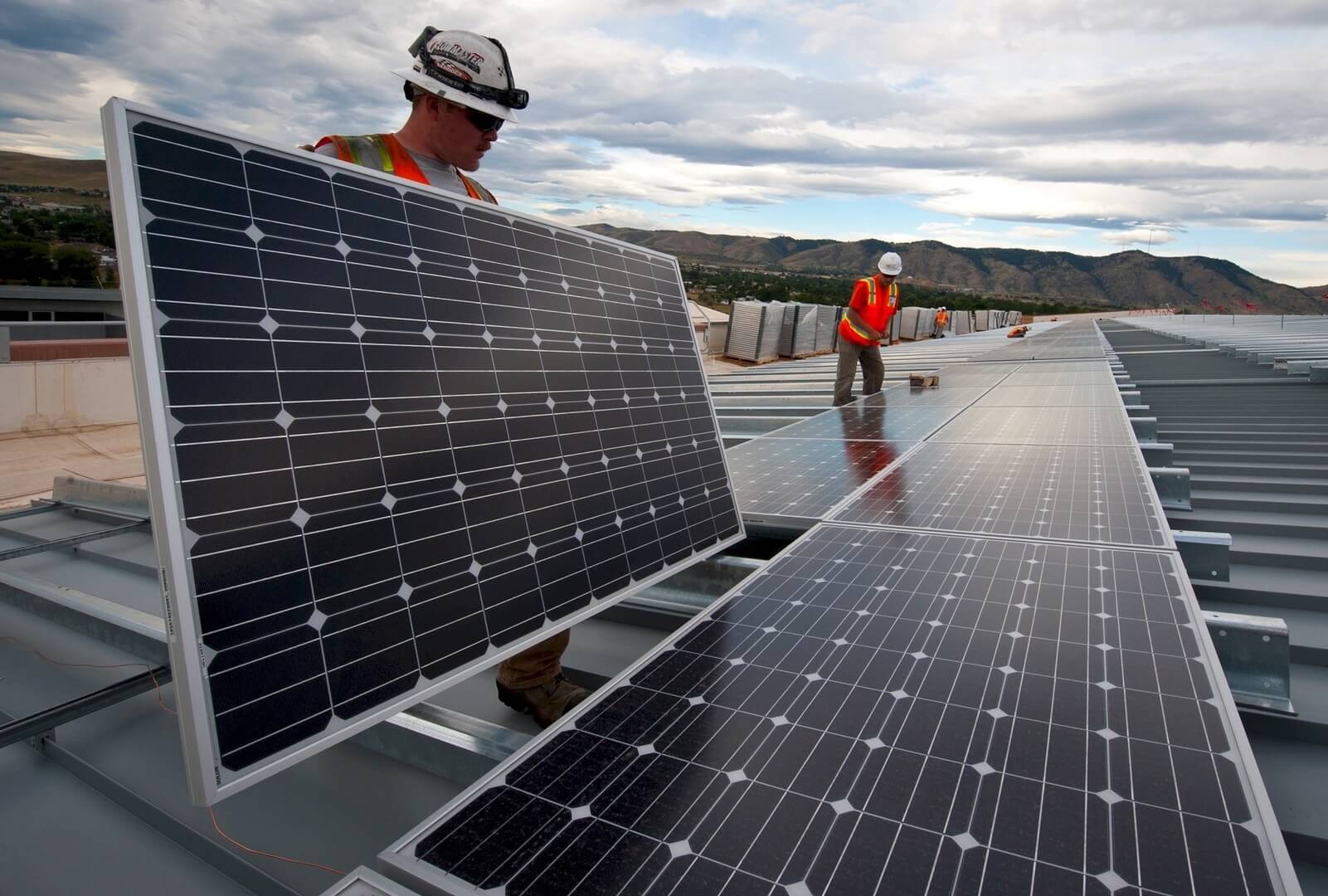The hum of servers, the glow of countless screens – our digital world runs on data centers. These colossal digital factories, the backbone of everything from social media to artificial intelligence, are also prodigious consumers of energy. As global data demand continues its exponential rise, particularly fueled by the insatiable appetite of AI, the urgency to make our digital infrastructure sustainable has never been greater. This is where Green Computing and Data Center Decarbonization steps in, transforming these energy-hungry behemoths into efficient, environmentally responsible powerhouses.
The Problem: A Growing Energy Footprint
Data centers currently account for a significant and growing portion of global electricity consumption, with projections indicating this could double or even quadruple in the coming years. This massive energy demand primarily fuels two areas:
- IT Equipment: Servers, storage devices, and networking gear themselves consume a substantial amount of power.
- Cooling Systems: To prevent overheating, these facilities require immense cooling, often representing a huge percentage of their total energy draw.
If this energy continues to be sourced predominantly from fossil fuels, the environmental impact of our digital dependency will become increasingly unsustainable, directly contributing to greenhouse gas emissions and climate change.
The Solution: A Two-Pronged Approach
Green Computing broadly refers to the environmentally responsible use of computers and related resources, focusing on energy efficiency, reducing e-waste, and responsible disposal. Within this, Data Center Decarbonization is the specific and critical effort to eliminate or drastically reduce the carbon emissions associated with data center operations. This involves a multi-faceted strategy:
1. Energy Efficiency at Every Layer:
Decarbonization begins with a relentless focus on minimizing energy waste within the data center itself:
- Optimized Hardware: Investing in the latest, most energy-efficient servers, processors (especially those designed for AI workloads with lower power consumption per computation), and storage solutions. Technologies like solid-state drives (SSDs) consume less power than traditional hard disk drives.
- Advanced Cooling Technologies: Moving beyond traditional air conditioning.
- Liquid Cooling: Immersing servers directly in dielectric fluids or using direct-to-chip cold plates offers vastly superior heat transfer compared to air, significantly reducing cooling energy.
- Hot/Cold Aisle Containment: Physically separating hot exhaust air from cold intake air to prevent mixing and maximize cooling efficiency.
- Free Cooling: Leveraging ambient outside air or water (e.g., seawater cooling in coastal data centers or cold climates like Iceland or Northern Sweden) to naturally cool facilities, reducing reliance on mechanical chillers.
- AI-Powered Cooling Optimization: Using machine learning algorithms to analyze real-time temperature, workload, and external weather data to precisely adjust cooling systems, ensuring optimal temperature with minimal energy use.
- Virtualization and Cloud Computing: Consolidating workloads onto fewer physical servers through virtualization drastically reduces hardware needs, energy consumption, and associated cooling. Shifting to cloud computing can also leverage providers who often have more efficient, centralized, and renewable-powered data centers.
- Power Management Software: Implementing software solutions that monitor and manage power usage at the server, rack, and facility level, allowing for dynamic adjustments and powering down idle equipment.
2. Transitioning to Renewable Energy Sources:
The most direct route to decarbonization is powering data centers with clean energy:
- Renewable Energy Procurement: Data center operators are increasingly signing long-term power purchase agreements (PPAs) with renewable energy projects (solar, wind, hydroelectric, geothermal, tidal) to source 100% clean electricity. Hyperscalers like Google and Microsoft are leading the charge in this area.
- On-Site Renewable Generation: Installing solar panels or small-scale wind turbines directly at data center locations to generate a portion of their power needs.
- Microgrids and Battery Storage: Developing localized microgrids that combine on-site renewable generation with advanced battery energy storage systems (BESS). This provides energy independence from the main grid, enhances reliability, and ensures a consistent supply of clean power, even when renewables are intermittent.
- Waste Heat Recovery: Capturing the significant amount of waste heat generated by servers and repurposing it for heating nearby homes, offices, or greenhouses. This turns a waste product into a valuable resource, improving overall energy efficiency.
- Exploring Emerging Clean Energy: Investigating and investing in next-generation power sources like Small Modular Reactors (SMRs) for nuclear energy, and more predictable renewables like tidal power, which could offer reliable, baseload clean power for data centers.
The AI Paradox: Driver and Solution
The rise of AI presents a unique challenge and opportunity. While AI workloads are incredibly energy-intensive, driving significant increases in data center power demand, AI itself is also a potent tool for decarbonization. AI can optimize energy usage within the data center, improve predictive maintenance for equipment (extending lifespan), and even optimize the entire energy grid for renewable integration. The key is to ensure “Green AI” practices are adopted, focusing on efficient model training and deployment.
The Path Forward: Collaboration and Innovation
Achieving comprehensive data center decarbonization requires sustained investment in research and development, supportive policies (e.g., tax incentives for green tech), and strong collaboration across the IT industry, energy sector, and governments. As our reliance on digital services grows, ensuring the underlying infrastructure is clean, efficient, and sustainable is not just an environmental imperative but a fundamental requirement for a resilient and prosperous future. The evolution towards Green Computing is transforming data centers from energy liabilities into pillars of a truly sustainable digital age.
